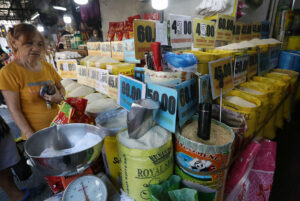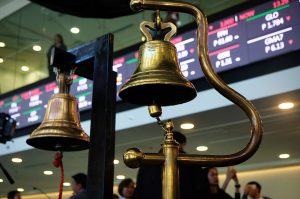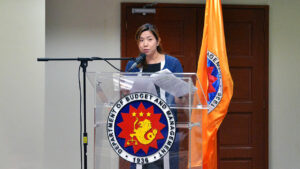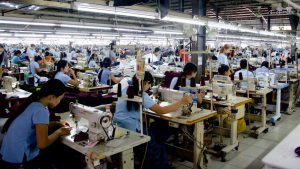LEGISLATORS need to review the use of government funds supporting the development of the rice industry in light of its weak productivity growth, a Congressional think tank said.
“The numbers suggest that the (Rice Tariffication Law) has, thus far, not shifted the growth trajectory of the Philippine rice industry upwards,” the Congressional Policy and Budget Research Department (CPBRD) said in a study.
Republic Act (RA) No. 11203 or the Rice Tariffication Law of 2019 created the Rice Competitiveness Enhancement Fund (RCEF), which takes money generated from rice import tariffs to fund modernization projects such as mechanization, the supply of superior seed, and rice cultivation know-how to farmers.
The Department of Agriculture (DA) estimates that RCEF aid to farmers between 2020 and 2024 totaled P50 billion. Overall government support for the industry has amounted to P156.29 billion since 2019.
“The freer importation of rice, however, has kept rice prices relatively stable — to the benefit of consumers and to the detriment of producers,” CPBRD said.
The Philippines is expected to be the top importer of rice next year, the US Department of Agriculture said, with a projected 4.2 million metric tons worth of shipments.
The CPBRD also noted that the farmgate price of rice dipped shortly after the implementation of the Rice Tariffication Act but have remained elevated since 2020.
“This suggests that the conversion and transportation costs associated with palay processing have remained largely steady in the quarters after the enactment of the RTL; and the RTL and the RCEF have not induced a long-lasting effect on rice price dynamics,” it said.
Federation of Free Farmers National Manager Raul Q. Montemayor also cited the need to review RCEF utilization alongside extending is effectivity. It had originally been intended to run for six years when the law was passed in 2019.
“One important lesson is that assistance to farmers must not be piecemeal and should instead be a coordinated package of support. Also, the array of services should be location specific to address the needs of farmers in a locality,” he said via Viber.
He said the government’s decision to lower rice tariffs to 15% from 35% could dry up the funds available for the RCEF, which by law receives P10 billion a year from tariffs.
On Monday, National Economic and Development Authority Secretary Arsenio M. Balisacan said the new 15% tariff on rice imports is the optimal rate to ensure farmers are protected.
Mr. Montemayor said tariffs should be set with farmer incomes as a major consideration.
“For the optimal rate, we should base it on a target level of income for our rice farmers. Then we compute the market price for palay, given average yields/hectare, that will result in the desired income level,” he said.
“From there, we determine the tariff level at which imported rice will land at a price equivalent to the target palay price.” — Beatriz Marie D. Cruz





